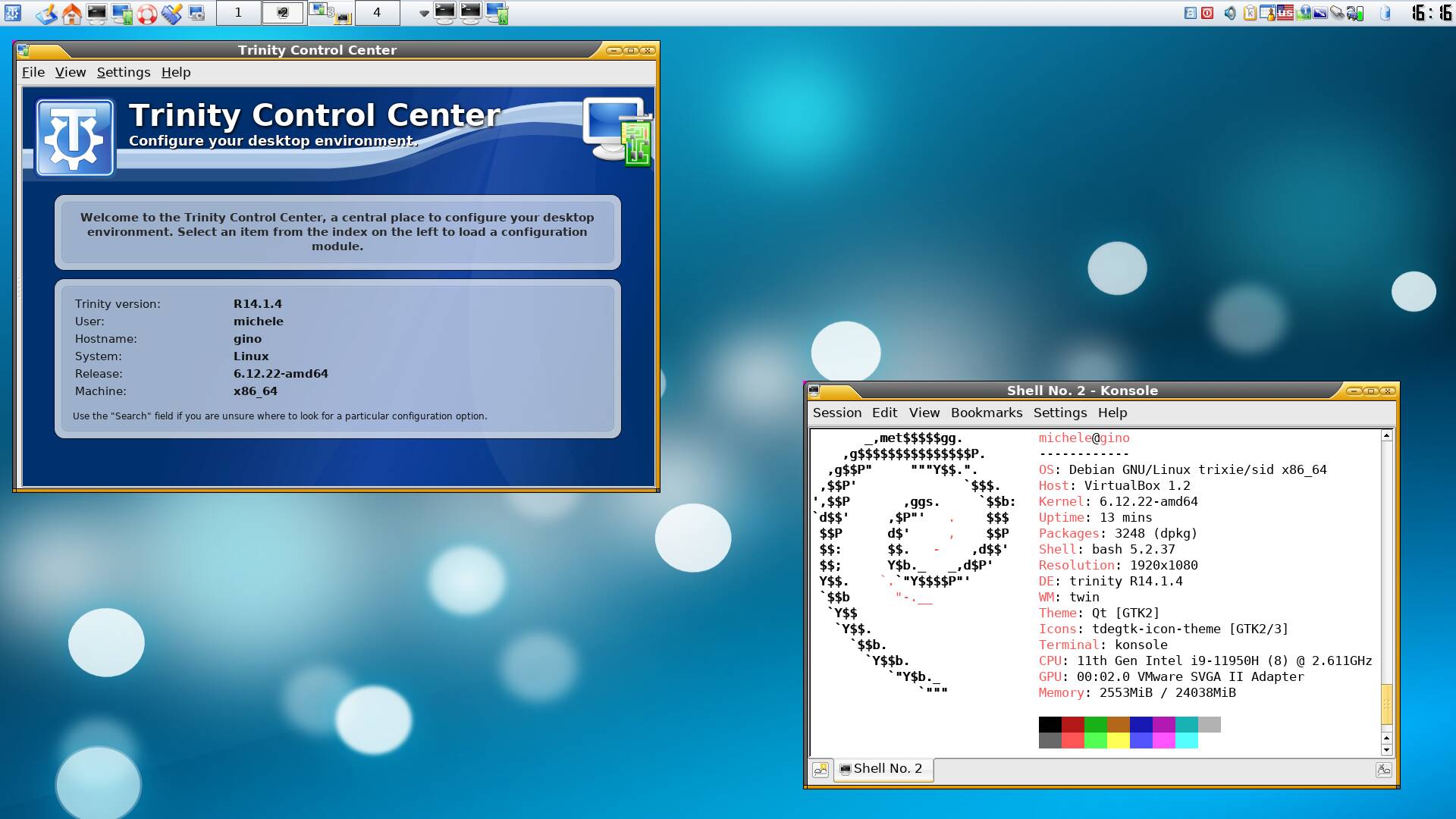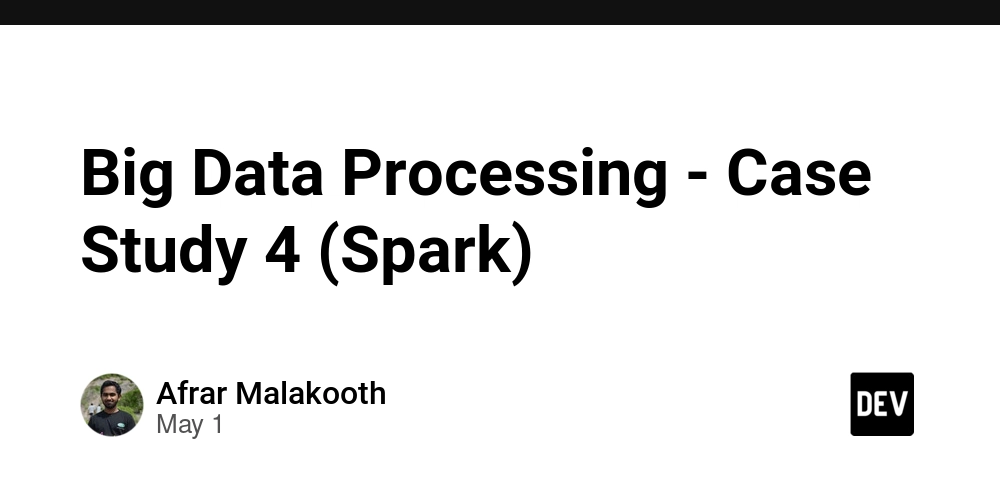Evaluating Cybersecurity ROI – CISO’s Metrics Toolkit
In today’s hyper-connected business environment, evaluating cybersecurity ROI is essential, as cybersecurity has shifted from a technical concern to a critical business function demanding strategic investment and executive focus. For Chief Information Security Officers (CISOs), demonstrating the financial value of security investments presents a unique challenge. Unlike revenue-generating initiatives, cybersecurity’s value often lies in what […] The post Evaluating Cybersecurity ROI – CISO’s Metrics Toolkit appeared first on Cyber Security News.

In today’s hyper-connected business environment, evaluating cybersecurity ROI is essential, as cybersecurity has shifted from a technical concern to a critical business function demanding strategic investment and executive focus.
For Chief Information Security Officers (CISOs), demonstrating the financial value of security investments presents a unique challenge.
Unlike revenue-generating initiatives, cybersecurity’s value often lies in what doesn’t happen-breaches avoided, downtime prevented, and compliance maintained.
According to recent statistics, the global average cost of a data breach reached $4.88 million in 2024, signaling a 39% increase since 2020.
With boards increasingly scrutinizing security budgets, CISOs must master the art of quantifying cybersecurity’s return on investment using metrics that resonate with business leaders and justify continued investment in robust security measures.
Evaluating Cybersecurity ROI
Traditional ROI calculations fall short when applied to cybersecurity because they typically measure profits generated relative to investment costs. Security investments don’t create revenue-they prevent losses.
This fundamental difference necessitates a different approach: Return on Security Investment (ROSI). The basic ROSI formula-(Monetary Risk Reduction – Cost of Security Control) / Cost of Security Control-provides a framework for expressing security value in financial terms.
For example, if a firewall system costing $50,000 annually prevents an estimated $200,000 in breach-related losses, the ROSI would be 3, indicating a $3 return for every dollar invested.
This loss-avoidance approach shifts conversations from technical capabilities to business outcomes, enabling CISOs to demonstrate value in terms executives understand.
Cybersecurity ROI ultimately measures how effectively security investments reduce an organization’s risk exposure while optimizing operational efficiency-a critical consideration as organizations allocate limited resources across competing priorities.
Five Essential Metrics Every CISO Should Track
Measuring cybersecurity effectiveness requires tracking metrics that demonstrate both operational efficiency and business value:
- Incident Rate and Response Time: Monitor the frequency of security incidents over time and how quickly your team identifies, contains, and resolves them. IBM research indicates the average time to identify and contain a breach remains approximately 277 days-a costly timeline that effective security investments can significantly reduce. Tracking improvements in these metrics provides tangible evidence of security program effectiveness.
- Third-Party Risk Assessment: As organizations increasingly rely on vendors and partners, third-party risk has become a critical vulnerability. Security ratings platforms can provide immediate visibility into your supply chain’s security posture, allowing for continuous monitoring beyond initial due diligence. Improvements in these scores demonstrate enhanced protection against one of today’s most significant attack vectors.
- Cost Per Incident and Cost Avoidance: Calculate both the direct and indirect costs of security incidents, including operational disruption, regulatory penalties, and reputational damage. This metric helps quantify the losses your security program prevents. For maximum impact, segment these metrics by incident type to identify where your security investments deliver the greatest returns.
- False Positive to Critical Alert Ratio: False positives cost enterprises an average of $1.3 million in lost revenue annually through wasted analyst time and operational inefficiency. Tracking improvements in alert quality demonstrates both security effectiveness and operational efficiency-a powerful combination when justifying security investments.
- Reduction in Downtime: Security incidents often cause operational disruptions that directly impact revenue. Measuring the reduction in security-related downtime provides a direct connection between security investments and business continuity. With downtime costs ranging from $5,600 to $9,000 per minute depending on industry and company size, improvements in this metric translate to significant financial benefits.
The key to effective metric tracking lies in establishing baselines, monitoring trends over time, and connecting improvements directly to specific security investments. This evidence-based approach transforms abstract security concepts into concrete business outcomes.
Speaking the Board’s Language: Communicating Security Value
Presenting cybersecurity ROI effectively requires translating technical achievements into business outcomes that resonate with executive leadership.
The most successful CISOs recognize that cybersecurity communication is ultimately about risk management, not technical capabilities.
Begin by understanding what matters most to your specific organization-regulatory compliance, operational resilience, market reputation, or competitive advantage-and frame your security metrics accordingly.
Rather than focusing on activities (patches applied, vulnerabilities detected), emphasize outcomes (risk reduction, operational improvements) and their financial implications.
Effective communication strategies include:
- Risk quantification in financial terms: Present potential losses in monetary terms rather than technical risk scores. For example, instead of reporting “high risk,” quantify the potential financial impact of a specific vulnerability or threat scenario. This approach helps executives understand security risks in the same terms they use for other business decisions.
- Benchmarking against peers and industry standards: Contextualizing your security metrics against industry averages helps executives understand your organization’s relative security posture. This comparative approach is particularly effective when requesting investments to address specific competitive disadvantages or compliance requirements.
When preparing board presentations, focus on a small set of consistently tracked metrics that tell a coherent story about your security program’s business value.
Avoid technical jargon, connect security investments to specific business objectives, and provide clear recommendations supported by your metrics.
Remember that executive communication is not about impressing the board with your technical expertise-it’s about helping them make informed decisions about security investments that protect and enable business success.
The most compelling cybersecurity ROI presentations combine historical performance data, current status, and forward-looking projections to demonstrate continuous improvement and sustained value creation.
Find this News Interesting! Follow us on Google News, LinkedIn, & X to Get Instant Updates!
The post Evaluating Cybersecurity ROI – CISO’s Metrics Toolkit appeared first on Cyber Security News.




























![Epic Games Wins Major Victory as Apple is Ordered to Comply With App Store Anti-Steering Injunction [Updated]](https://images.macrumors.com/t/Z4nU2dRocDnr4NPvf-sGNedmPGA=/2250x/article-new/2022/01/iOS-App-Store-General-Feature-JoeBlue.jpg)





























































![Google Home app fixes bug that repeatedly asked to ‘Set up Nest Cam features’ for Nest Hub Max [U]](https://i0.wp.com/9to5google.com/wp-content/uploads/sites/4/2022/08/youtube-premium-music-nest-hub-max.jpg?resize=1200%2C628&quality=82&strip=all&ssl=1)

























































































.webp?#)






























































































































![[The AI Show Episode 145]: OpenAI Releases o3 and o4-mini, AI Is Causing “Quiet Layoffs,” Executive Order on Youth AI Education & GPT-4o’s Controversial Update](https://www.marketingaiinstitute.com/hubfs/ep%20145%20cover.png)



































































































































































































































































